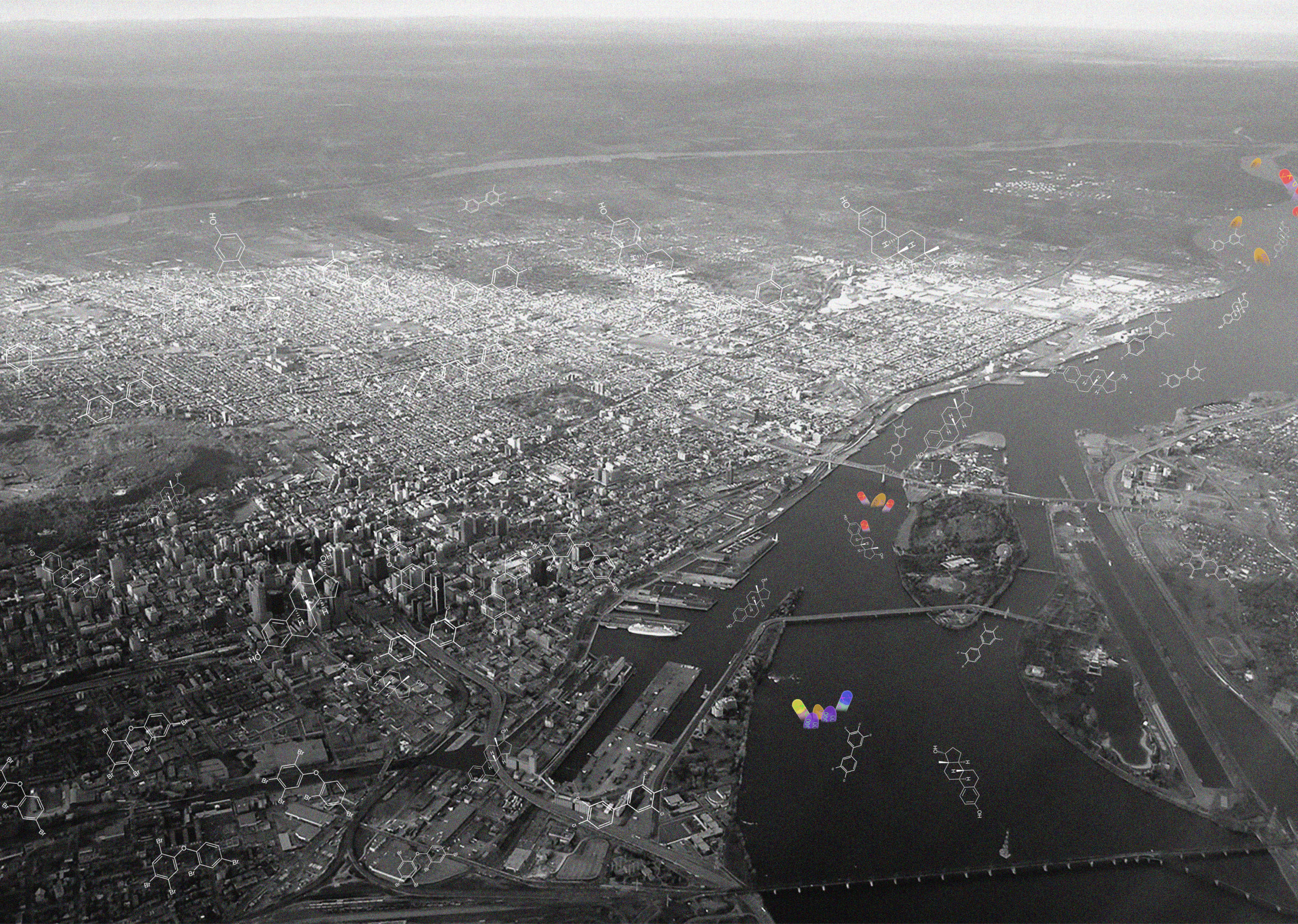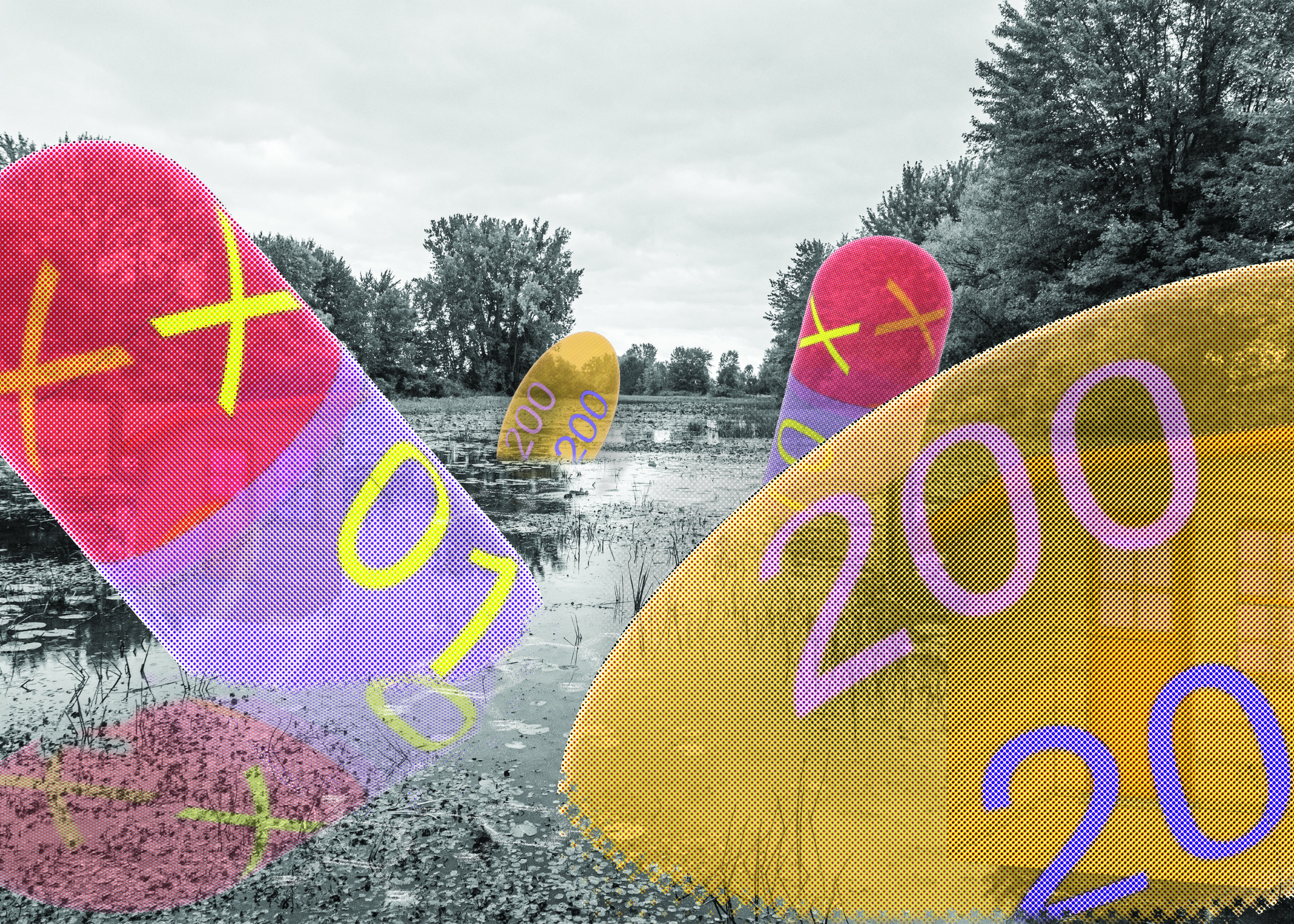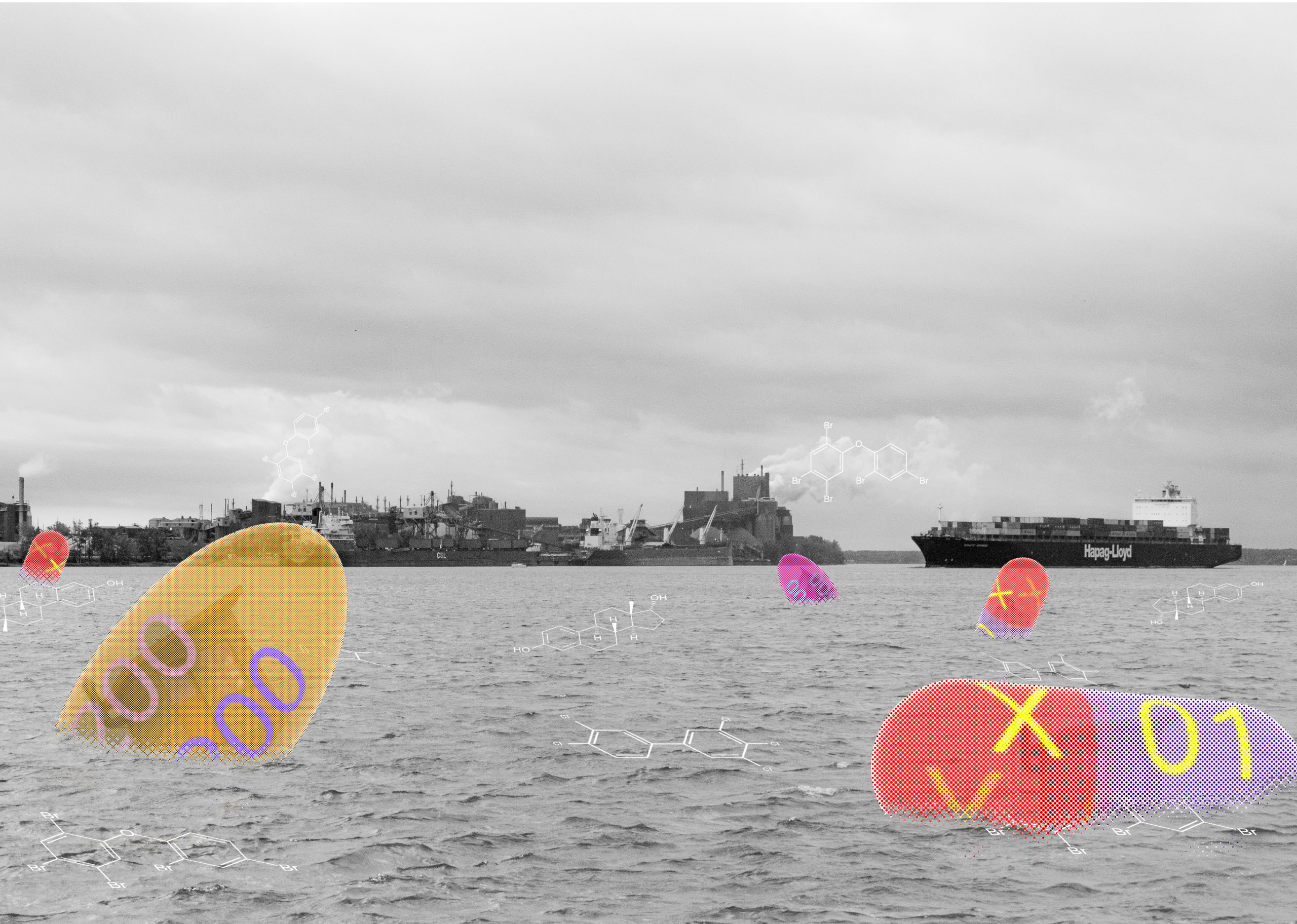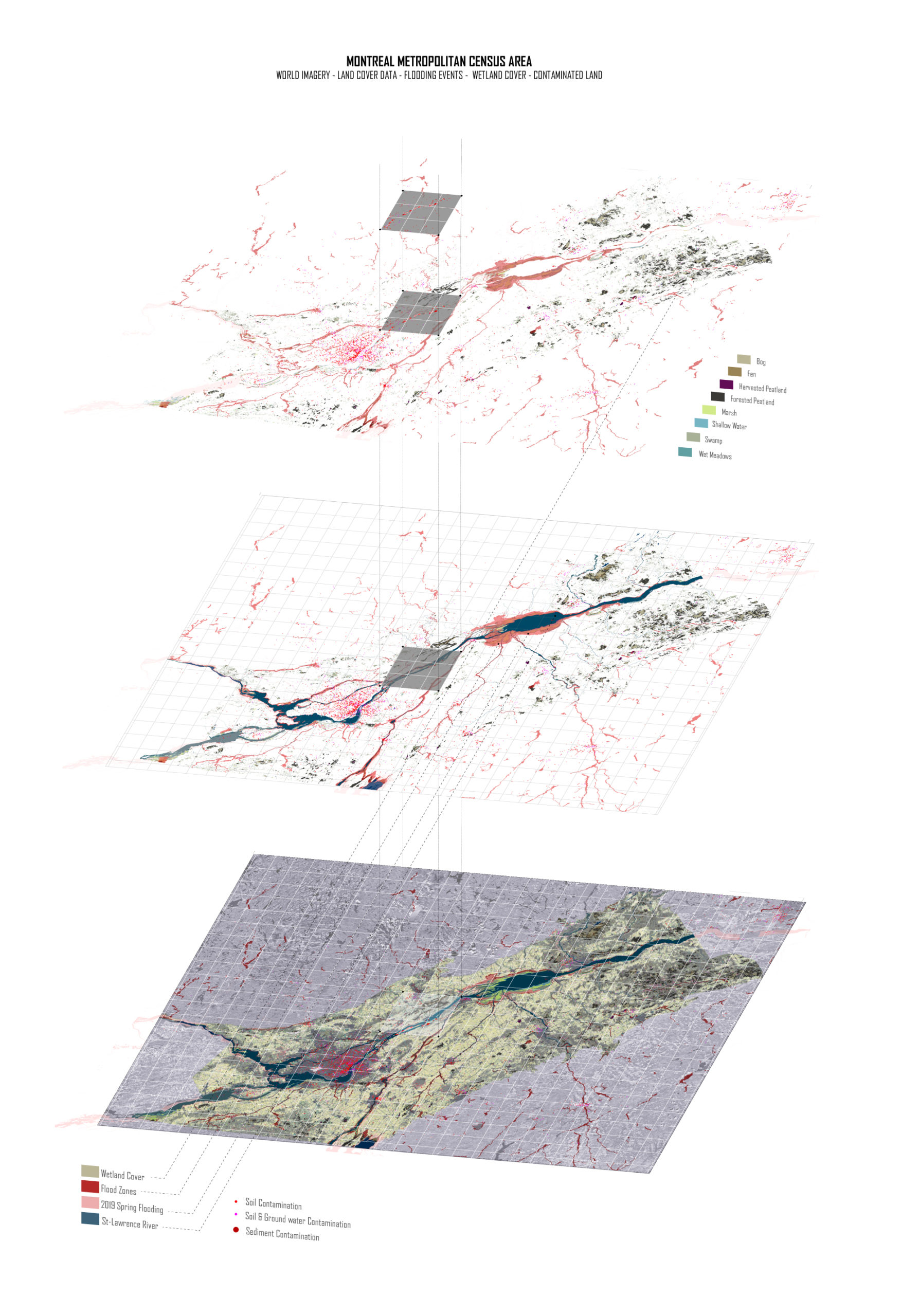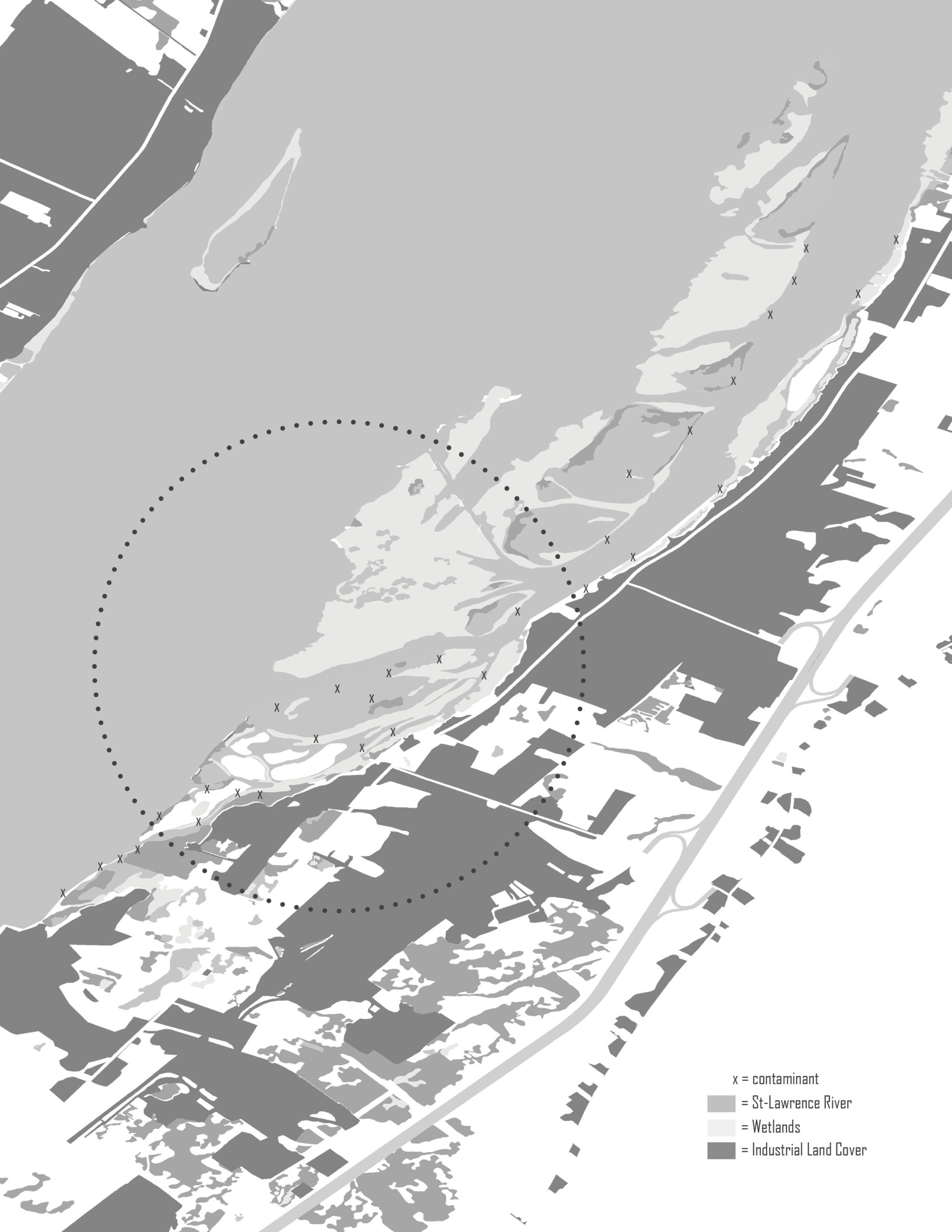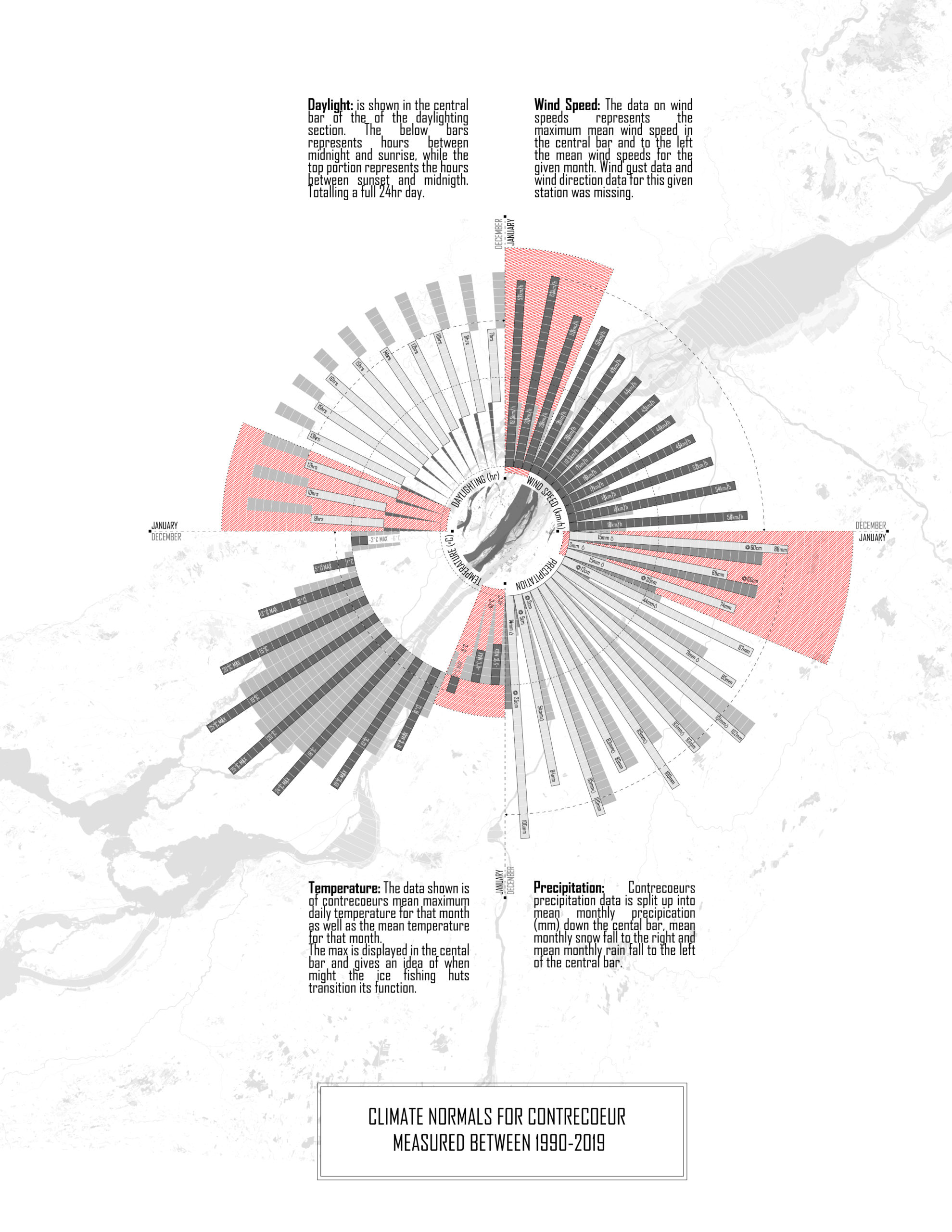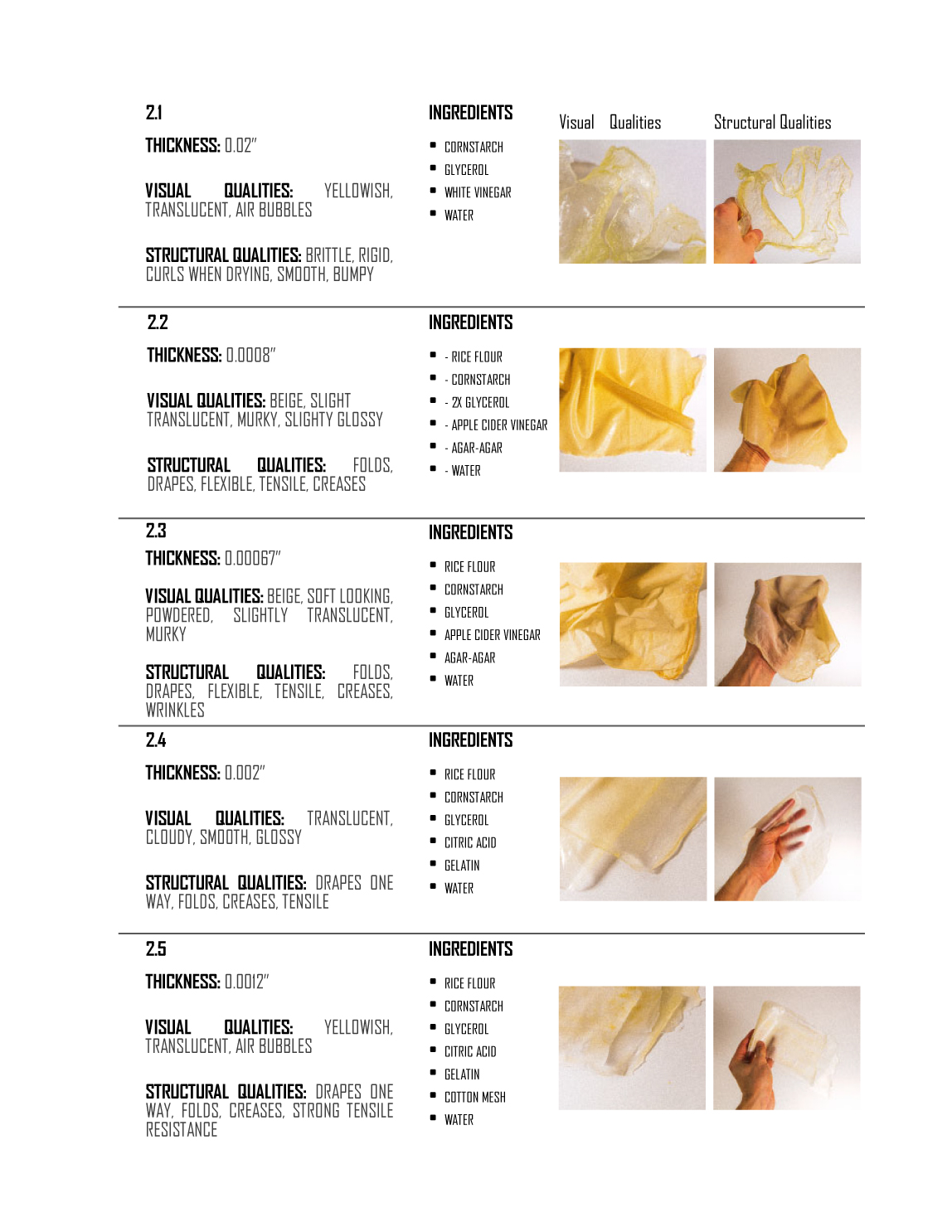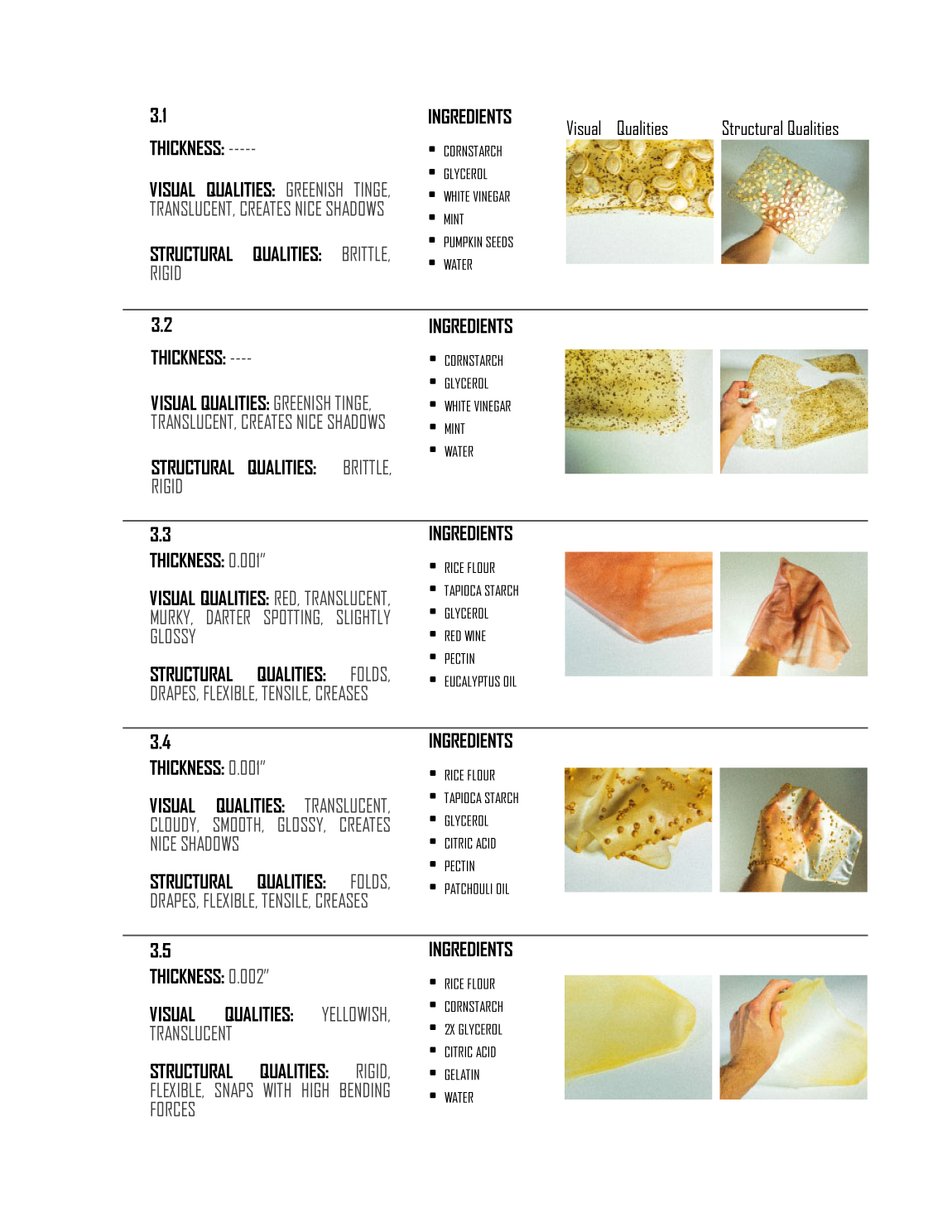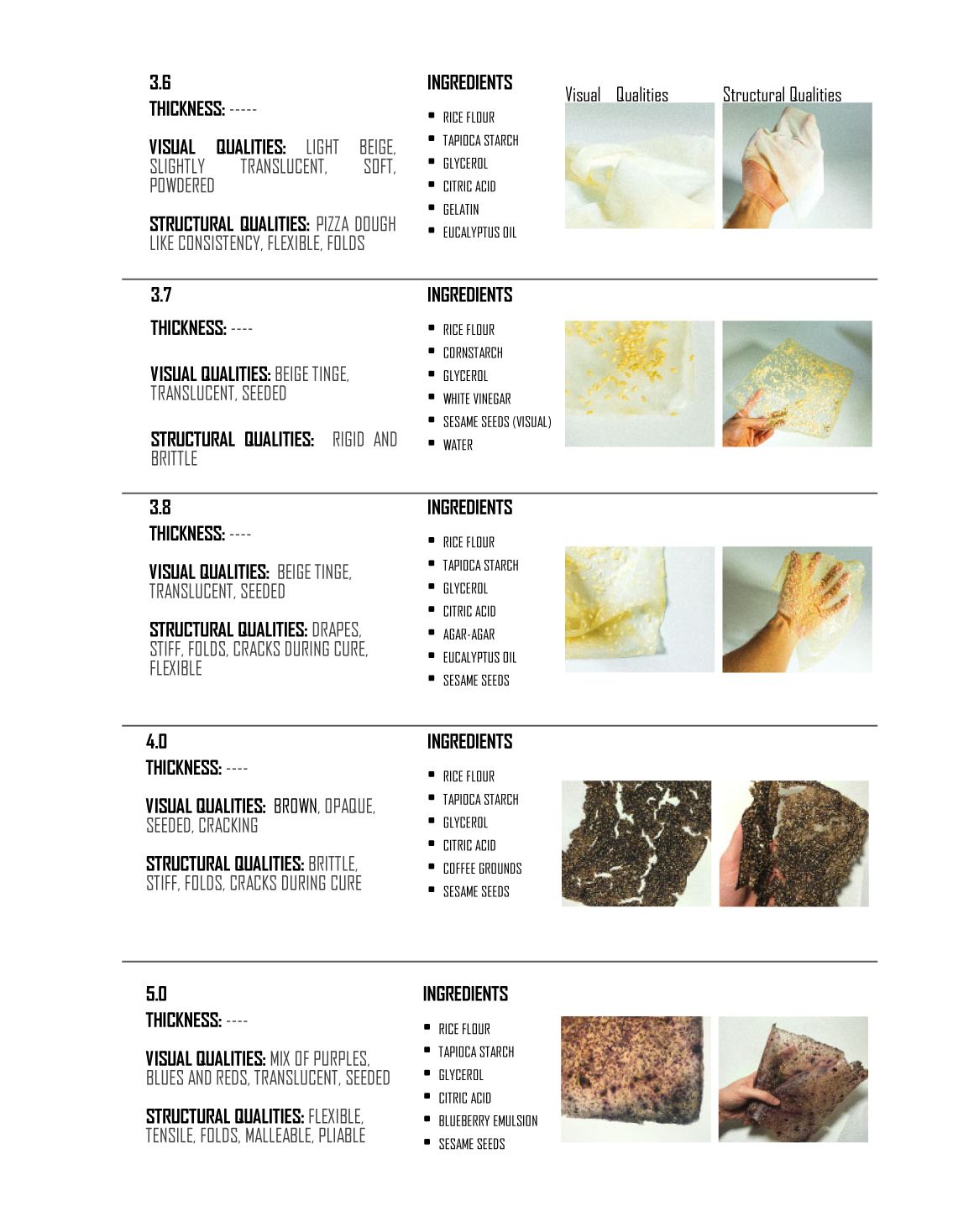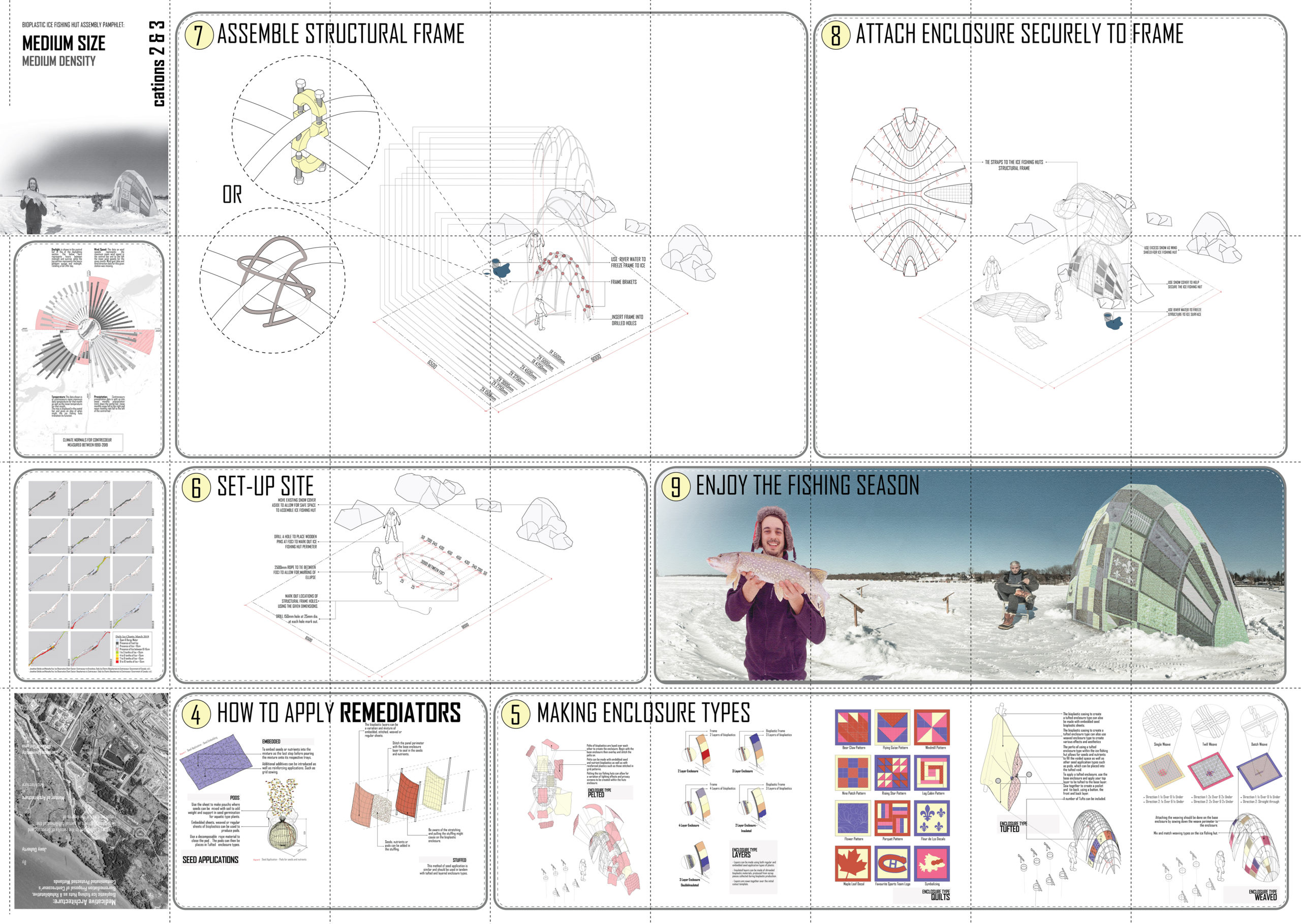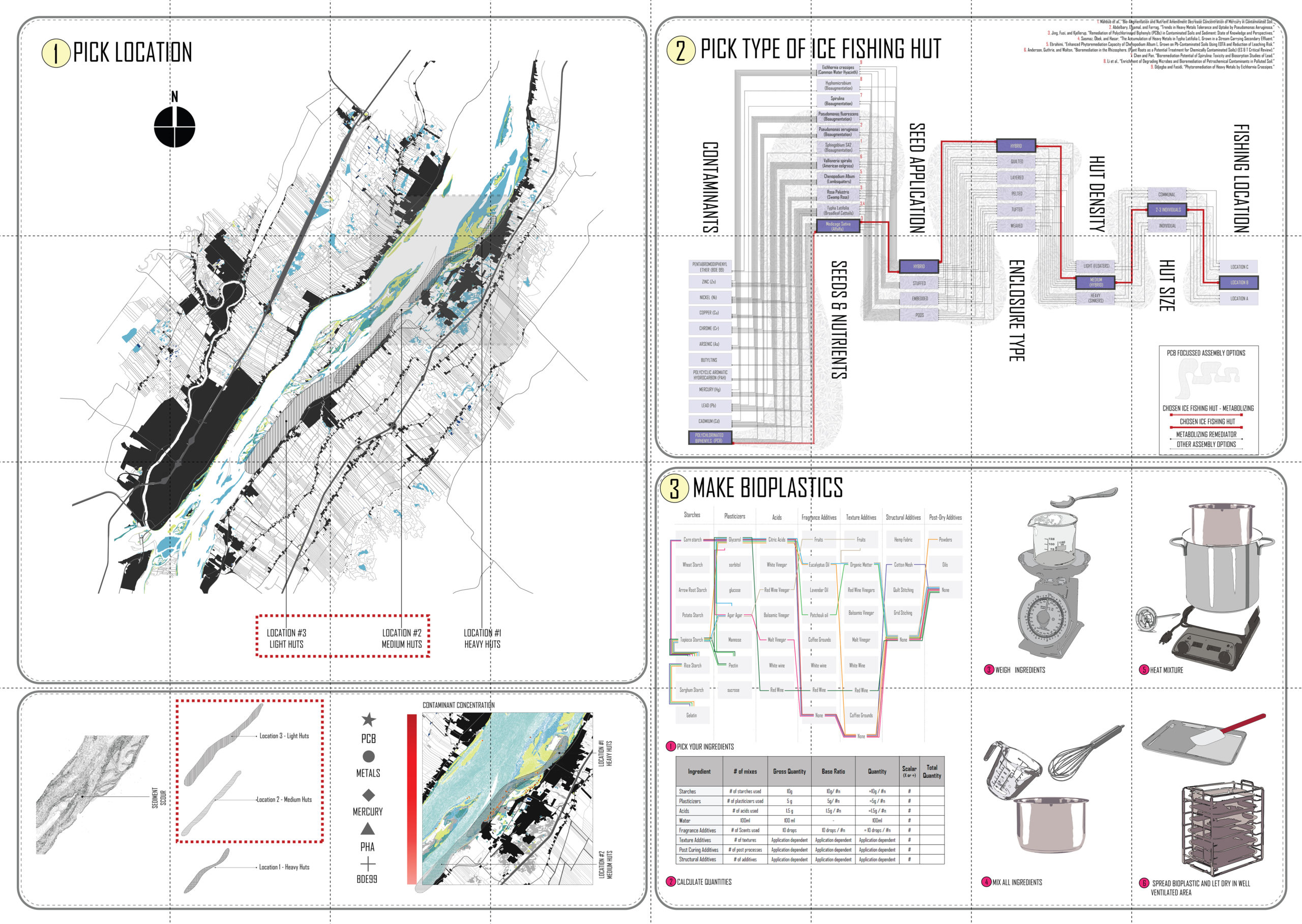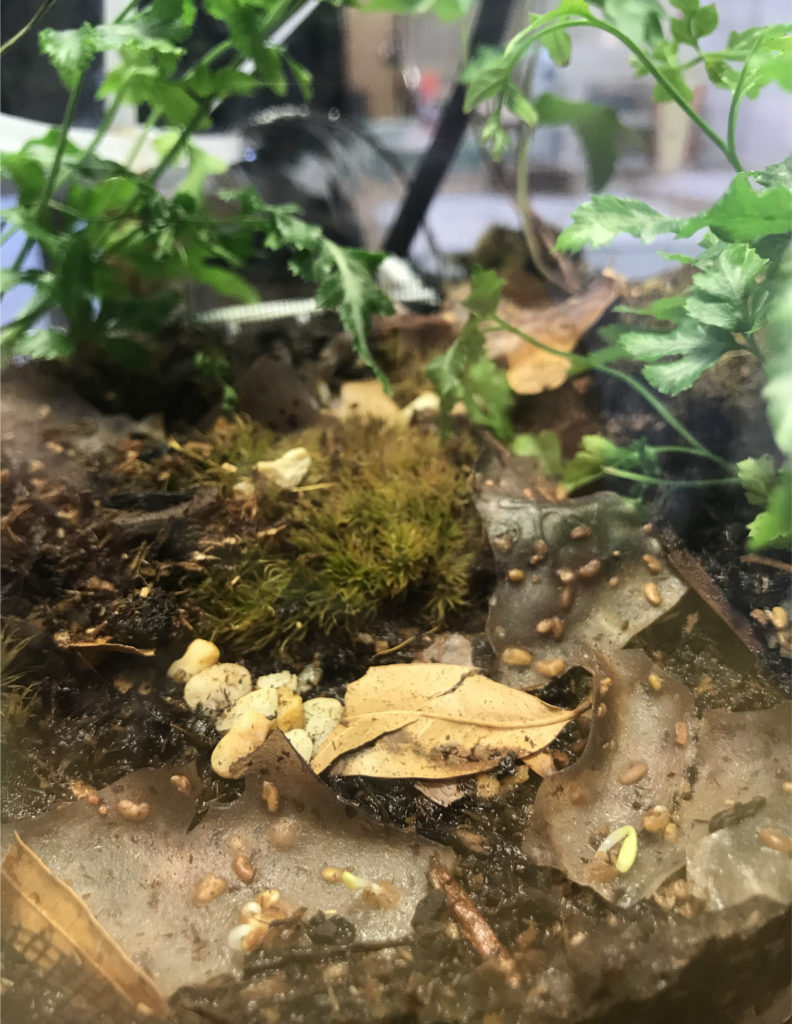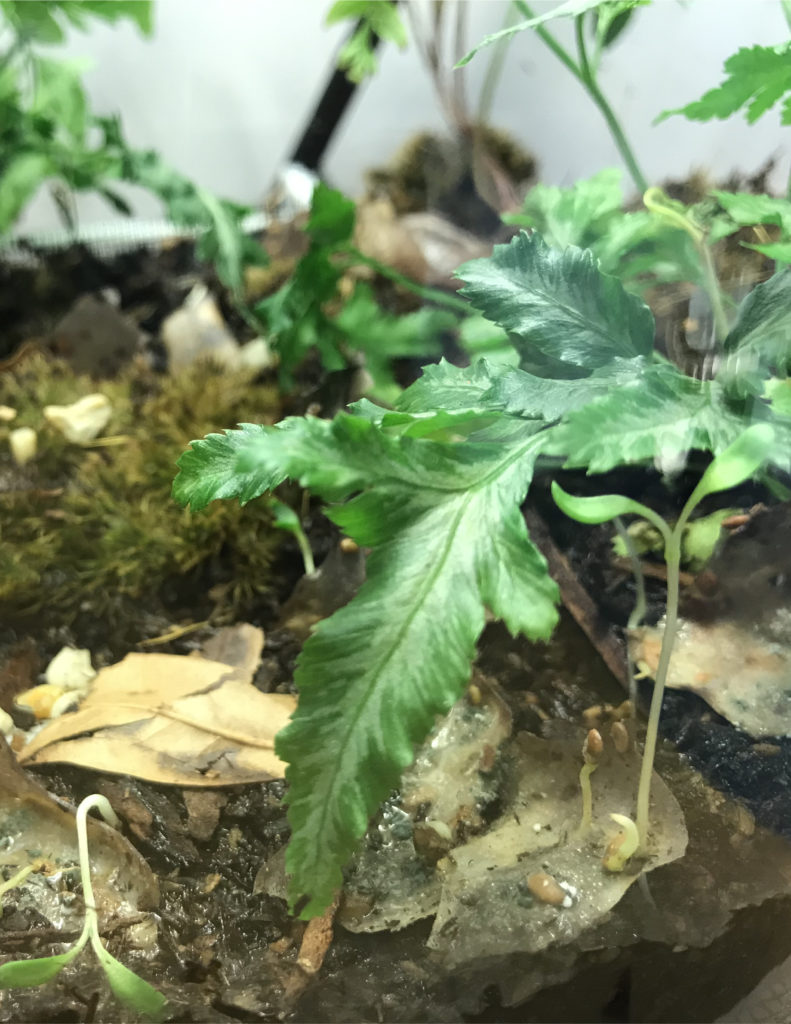Medicative Architecture:
Bioplastic Ice fishing Huts as A Rehabilitative, Bioremediation Proposal of Contrecoeur’s Contaminated Protected Wetlands
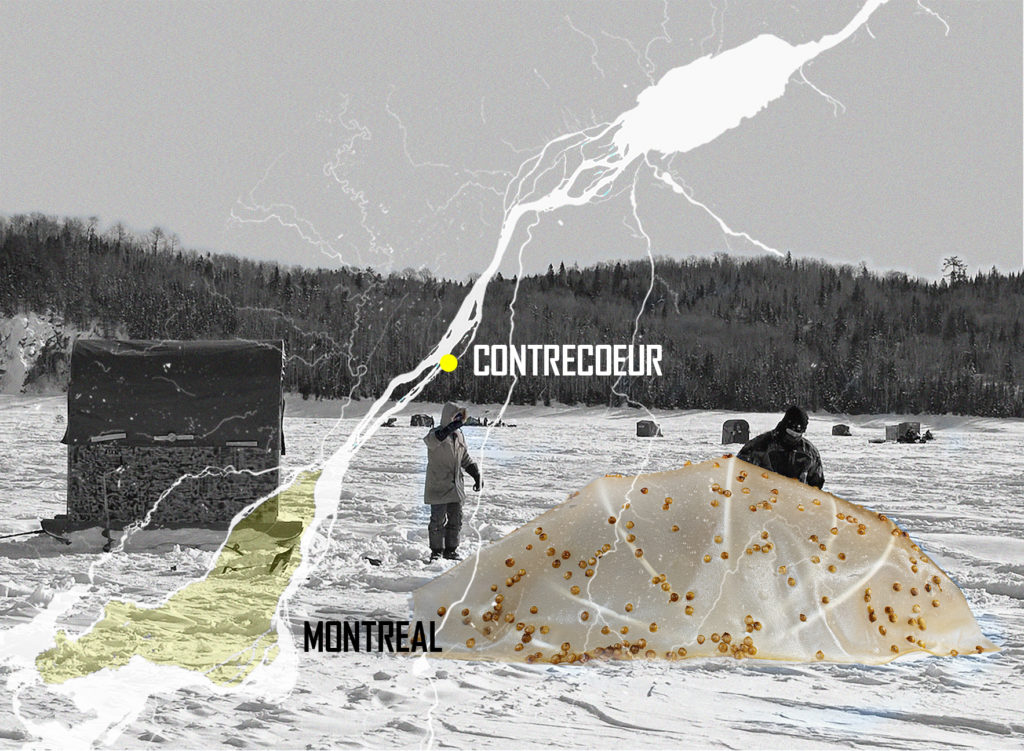
This research-by-design thesis explores bioplastics as a remediation material for the rehabilitation of contaminated landscape. The proposed site is of a contaminated area of wetlands along the St. Lawrence Seaway at Contrecoeur, Quebec designated as a National Wildlife Area. It would attempt to improve the current environmental conditions brought on by pollutants correlated with the City of Montreal effluent, the wetlands surrounding agricultural landcover, and a large metal manufacturing and recycling industry adjacent to the site. These varied industries are placing an environmental burden on an adjacent wildlife area and the vitality of the ecosystem. The thesis uses the typology of the ice fishing hut as a capsule made from locally sourced bioplastics embedded with plant seeds and nutrients that would release when the bioplastics dissolve during spring thaw. These seeds are known as bioremediators and native to the region. Therefore, my thesis question asks how can temporary architecture use the analogy of pharmaceuticals as a means of rehabilitation of contaminated sites; can architecture act as a pill?
I have questioned the role of architecture within the earth’s ecosystem since my undergraduate studies in architecture, urbanism and environmental and physical geography. In my view, today’s architecture and materiality continue to hold an anthropocentric lens. This lens frames human at its focus with other living biota and organism peripheral to design considerations. This results in what I consider a selfish architecture; architecture should not solely benefit one species.
Tim Morton discusses this philosophy in his book ‘Being Ecological’ where he explains, “A hammer is a certain something a very specific something – and yet it’s not a hammer exactly. It’s all kinds of things to all kinds of beings. It’s a landing strip for a fly. It’s a surface for dust to collect on.”2 – “Hammers happen when you grab a metal-and-wooden thing for hammering in a picture hook”3. In this context, I believe architects have a duty as agents within the ecosystem, creating architecture that promotes a positive and rehabilitative system.
Montreal’s Census Metropolitan Area’s Land Cover Mapping
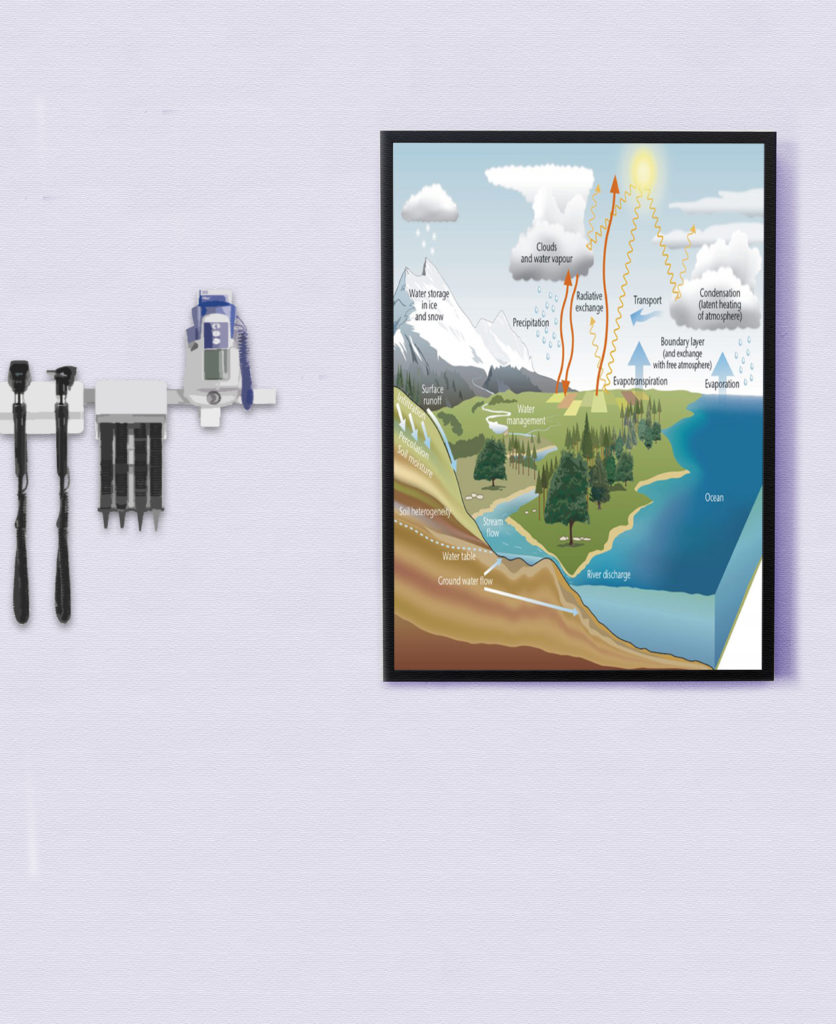 Thesis Delivery Method
Thesis Delivery Method
With this thesis question in mind, I began to reflect on a pill’s life cycle as it passes through the human body and how the capsule’s bioplastic materiality can be applied to ice fishing huts to mimic the digestive transport of the pills with that of Earths natural cycles.
This thesis is structured in two parts. The first part will hold a dialogue between a General Practitioner, a Pharmacologist and the personification of Contrecoeur, who has fallen ill due to Montreal’s effluent discharge and industrial waste as well as the vast agricultural land that percolates into the St-Lawrence watershed.
Site Map and Ice Fishing Zones
The second part of the thesis will act as a prescription guidebook which includes two pamphlets. These two pamphlets are intended to be used both on-site as construction documents for the assembling and building of the specified ice fishing hut as well as at home to inform Contrecoeur’s ice fishing community on methods in producing the bioplastics, options on seed applications, enclosure types and structural frame connections for the particular ice fishing hut documented in the pamphlets. Whereby the Guidebook will give the community an array of material and design options to allow for a continued culture of creativity, self-expression and community building while becoming agents within their ecosystem. The Guidebook is also a look into the studies performed during this thesis in order to confirm the possibility that dissolving bioplastic ice fishing huts can be built in addition to then rehabilitate the affected sites.

